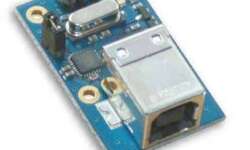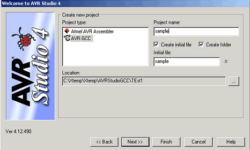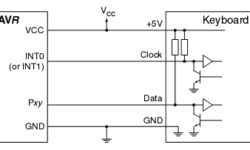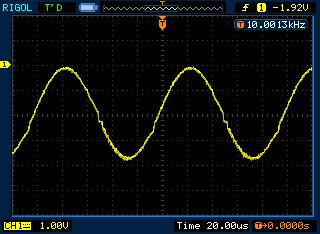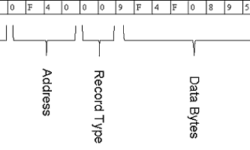Stimuli Generator for AVR Studio helps debugging programs in AVR Studio
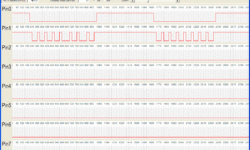
Stimuli Generator for AVR Studio is a handy program that allows making stimuli files for AVR Studio. These files contain information on signals that can be used to affect AVR microcontroller pins virtually. With Stimuli Generator, you can emulate any interfacing like I2C, SPI, and others- this allows you to emulate real-world situations. The program’s working is simple: set target microcontroller (by default 8MHz), set measurement unit- microseconds or milliseconds. For instance, you want to send signals to Pin0 of PORTB. Target MCU -ATMega8, which runs at 4MHz. Set serial interface protocol, which is like start bit length – 60us, bit 0 – 20us, bit 1 – 40us. So, in this case, the step value would be 20us. Step value will depend on what variation on the duration of impulses.






